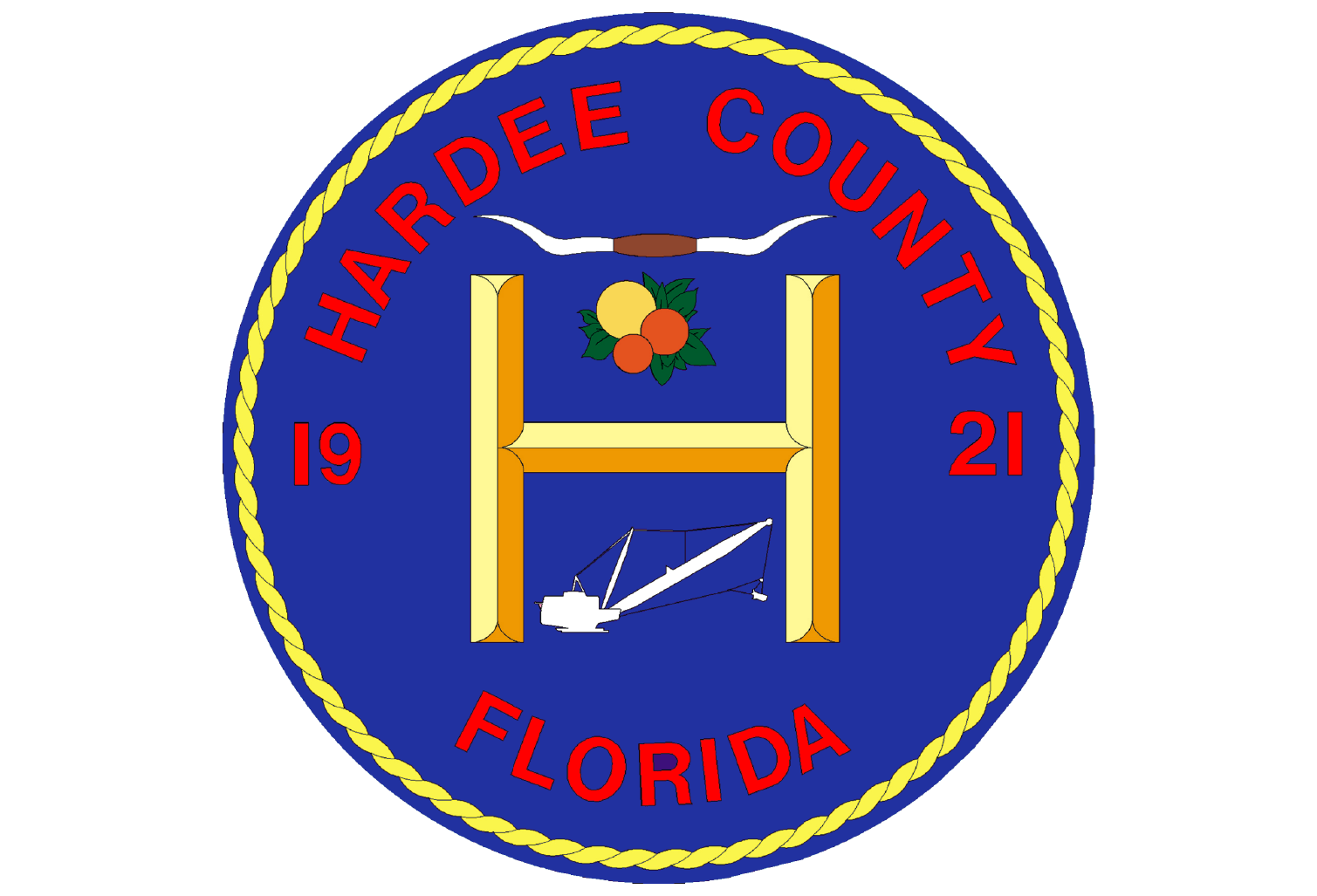5 New Year’s Resolutions for Cyclists
In this week’s Training Guide, GFNY Coach Christian suggests a few great New Year’s resolutions to incorporate into your training.
We’ve gotten through the holiday season, it’s January, and cyclists are starting to think about race season. Some of us may be kicking off our race season in just a couple of months, while others may have goals lined up for later in the spring or summer. All of us, though, are looking to shake off those December cobwebs and start to build our fitness.
And although it’s a few days after the New Year’s Day, there’s still plenty of time to set new habits for 2021. Here are 5 New Year’s Resolutions that can help you become a stronger, better version of yourself in 2021.
1. Practice better intensity discipline
Your first resolution for this season should be to practice better ‘intensity discipline.’ That means leaving the house or jumping on the trainer with a plan, and sticking to that plan. It means ignoring your friends who are attacking up every hill when you’re on an endurance ride. It means digging as deep as you can on the days you’ve marked for intense interval training. And it means recovering properly on your recovery days.
Too many cyclists fall into the pattern of making every ride mildly intense. This means you’re always a bit fatigued, and can’t perform well on your high-intensity workouts. It also may get in the way of building a proper base: if you feel it’s impossible for you to stick to 60-65% of your max heart rate while riding at a good pace, this is definitely you!
2. Find the time to train a bit more
Cliches like “Quality over quantity” have convinced a lot of athletes to limit their training time. But the truth is that quality and quantity go hand-in-hand, and putting in more hours on the bike will always contribute to your long-term development as a cyclist. Plus, all GFNY races have a serious endurance component to them. By increasing volume steadily and in small amounts, training quality won’t suffer either.
So, this year, aim to bump up your yearly hours by 10%. This is a great goal that will increase fitness with minimal risk of overtraining. Even time limited athletes can find this time in their schedule: it could be adding an extra 15 minutes to your trainer workouts, it could be taking less rest days or rest weeks, or it could be squeezing in an extra hour each weekend.
Don’t use this as an excuse to go wild and overtrain; and practice the intensity discipline mentioned above: these new hours should be endurance training at a reasonable pace.
3. Sleep 8 hours a night
Too many athletes make recovery complicated: worrying about foam rolling, massage, compression, ice baths, or other things that make a small difference in your recovery. The truth is, sleep and nutrition are far and away the most important aspects of proper recovery.
Try to get as much sleep as your schedule allows, targeting at least 8 hours a night. This may be difficult, but it will pay big dividends.
Focus on sleep quality too, not just what time you go to bed. Try to avoid screen time right before bed, and wind down with reading, meditation, or something else relaxing. Create a good environment for sleeping in your bedroom: quiet, dark, and a comfortable temperature.
4. Eat during and immediately after nearly every training ride
We’ve covered in-ride and post-ride nutrition extensively in the Training Center, but the fact remains that many athletes haven’t made this part of their daily routine.
Aim to take in carbohydrates during every ride aside from short and easy rides, and make sure you’re getting a recovery meal after any hard training ride. Work on making this a habit: a post-training meal should be just as much a part of your routine as putting your bike away, showering, and changing clothes.
If you’re worried about weight, don’t be. Eating more while training and immediately after will keep you feeling satiated and less likely to attack the nutella jar in your pantry in a fit of post-ride hunger. And in fact, proper nutrition is a big key to losing weight while still maintaining quality of training sessions.
5. Stop Tracking Miles (or kilometers) and start tracking hours
Tracking mileage is a borderline useless stat: it’s fun, sure, but it means very little. Flat rides accrue more distance than hilly ones, and if you throw in gravel riding, mountain biking, or indoor training, things get thrown off even more. Same goes for aerobic cross-training activities like XC skiing.
So, to truly track how much you train in a week, month, or year, use training duration and not distance. Tracking duration year-to-year is a great snapshot of how much you trained and it’ll always be relevant, even if you move to an area with different terrain or you switch-up your winter training modalities.
Tracking miles or kilometers can still be fun, and we all like to see how far we went in a year. But for serious training purposes, track hours.
Tags: Coaching









